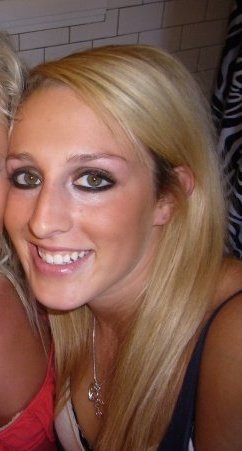Air Quality Crossword Puzzle
I think this was a really fun activity.
Answers:
Down:
1. Air Quality Index
2. Air Toxics
3. Mobile
Across:
4. Asthma
5. Carbon Monoxide
6. EPA
Childhood Obesity Quiz:
I Read all the articles and I recived 100% on this quiz
Uncovering the Facts about Cancer
1. First visit the WebMD webpage related to cancer and find 3 facts about cancer that interest you or that you never knew.
2. Next, visit the American Cancer Society Cancer causes webpage and read about the different known causes of cancer. Be able to list 3.
-Sun, Tobacco, and diet.
3. Once you feel you know what the causes/ risk factors are for cancer, go to this webpage from Preventcancer.org and read about things you can do to reduce your risk for cancer.
4. Report 3 common causes of cancer and describe 3 of the ways you think you could best protect YOURSELF against cancer. If you already meet all the criteria, discuss changes you think are the most helpful in general.
I can stop smoking, wear sun screen and eat a healthy diet.
I learned a lot about cancer and what to do to fight it.
Health Insurance for All
I watched a cartoon explaining how insurance works. I was really interesting and I learned in simple terms how the insurance company can come out on top.
Emergency Contraception 101
After reading 10 Common Myths, Misunderstandings, and big Ol’ Lies About Emergency Contraception, please list 3 myths and why they are false.
1. Myth: The morning after pill is the same as abortion.
EC can prevent pregnancy. Abortions terminate pregnancy.
2. MYTH: It's difficult to get. fact: Usually you can get EC over the counter.
3. It's hazardous to my health.
Less so than regular combination pill use, which is safe for users following the instructions and who do not have health conditions of lifestyle habits which make BCPs risky to use.
Next, do some research and find & list 3 places you could go to obtain emergency contraception in Duluth, MN.
1. Planned Parenthood
2. Women’s Health Center
3. Esentia
Smoking Fact Find
Instructions:
1) Review the links below.
2) Find 5 things that you didn't know before watching the video or things that really effected you.
3) Post the 5 things you learned. Can you think of any personal reasons why you have chosen not to smoke too? For example, parents would be disappointed, dont want to smell bad, ect. Please provide one reason why you have chosen not to smoke or have quit because of (if you feel comfortable sharing).
1) Review the links below.
2) Find 5 things that you didn't know before watching the video or things that really effected you.
3) Post the 5 things you learned. Can you think of any personal reasons why you have chosen not to smoke too? For example, parents would be disappointed, dont want to smell bad, ect. Please provide one reason why you have chosen not to smoke or have quit because of (if you feel comfortable sharing).
1. Annually, smoking costs Minnesota nearly $3 billion in health care costs.
2. Tobacco use leads to over 5,500 deaths in Minnesota a year.
3. Children of smokers are almost twice as likely to smoke as children of nonsmokers.
4. Smoking causes coronary heart disease, the leading cause of death in the U.S.
5. China has more than 350 million smokers — 50 million more cigarette buyers than the entire population of the United States.
at this time i don't feel like sharing additional information



















